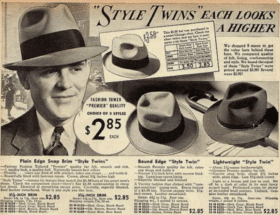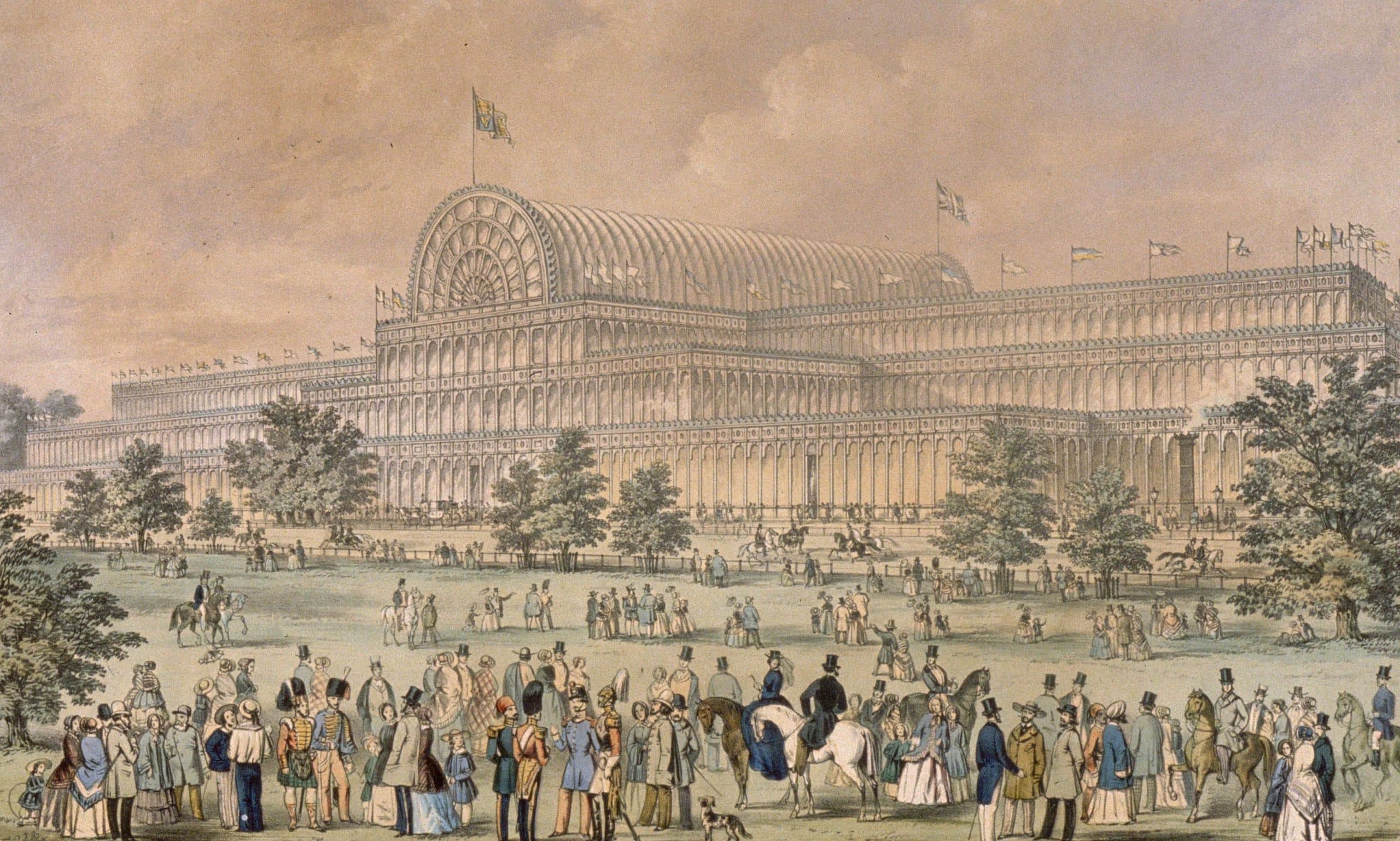Crochet, a beloved craft that has adorned homes and wardrobes for centuries, has a rich and fascinating history. This article delves into the origins, evolution, and cultural significance of crochet, exploring its journey from ancient times to the present day.
Where Did Crochet Originate?
The exact origins of crochet are shrouded in mystery, with various theories and claims about its birthplace. While the modern form of crochet as we know it today emerged relatively recently in historical terms, its roots can be traced back to ancient crafts practiced across different cultures.
Ancient Precursors to Crochet
Crochet-like techniques have been found in artifacts from several ancient civilizations. In ancient Egypt, some of the earliest examples of crochet-like crafts have been discovered in tombs.
These intricate fabric pieces, created using a technique similar to nålebinding (a precursor to both knitting and crochet), date back thousands of years. Pre-Columbian textiles from Peru also show evidence of crochet-like techniques used to create intricate patterns and designs.
European Roots of Modern Crochet
The crochet we recognize today has its most direct roots in Europe. Tambour embroidery, which originated in the Middle East and gained popularity in Europe in the 18th century, involved using a small hook to create chain stitches on fabric.
This method is considered a direct predecessor to crochet. Shepherd's knitting, practiced in Scotland and northern England in the 18th and 19th centuries, used a hooked needle to create loops, similar to modern crochet.
The Spread of Crochet Across Cultures
During the Irish Potato Famine in the 19th century, crochet became a vital source of income for many Irish families. The intricate Irish crochet lace gained worldwide recognition and played a significant role in popularizing crochet.
From there, the craft spread to other parts of Europe and eventually to the Americas, with each culture adding its own unique styles and techniques.
Who Invented Crochet?
Unlike many other crafts or inventions, crochet doesn't have a single inventor or creator. Instead, it evolved gradually over time, with contributions from various cultures and individuals.
The Role of Pioneering Women
Several women played crucial roles in the development and popularization of crochet.
Mlle. Riego de la Branchardiere, a 19th-century needlework designer, is often credited with creating the first published crochet patterns. Her work helped standardize crochet techniques and made the craft more accessible to a wider audience.
English authors Cornelia Mee and Mary Austin published some of the earliest crochet instruction books in the 1840s, further popularizing the craft.
Collective Evolution of the Craft
Rather than being invented by a single person, crochet evolved through collective efforts. Countless unnamed individuals across different cultures contributed to the development of crochet techniques over centuries.
Medieval craft guilds played a role in refining and standardizing various needlework techniques, including early forms of crochet.
Influential Crochet Publications
As crochet gained popularity, designers and pattern makers continually pushed the boundaries of the craft, developing new stitches and techniques.
Thérèse de Dillmont's comprehensive "Encyclopedia of Needlework," published in 1884, included detailed crochet instructions and patterns, becoming a valuable resource for crocheters worldwide.
When Was Crochet Invented?
Pinpointing an exact date for the invention of crochet is challenging, as it evolved gradually from earlier techniques. However, we can identify key periods in its development.
Early Precursors and Techniques
While crochet-like techniques existed in various forms for centuries, the craft we recognize as modern crochet began to take shape in the late 18th and early 19th centuries.
Ancient techniques like nålebinding and tambour embroidery laid the groundwork for what would eventually become crochet.
The Birth of Modern Crochet
The term "crochet" first appeared in print in the early 19th century. In 1812, the term "crochet" was used in a Dutch magazine, "Penélopé," marking one of its earliest recorded uses.
By the 1820s and 1830s, crochet began to gain popularity in Europe, particularly in France and England.
Crochet's Evolution Through the Centuries
The Victorian era saw a boom in crochet's popularity. In the 1840s, the first crochet patterns were published, making the craft more accessible to a wider audience. The 1850s and 1860s saw Irish crochet lace gain international recognition.
By the late 19th century, crochet had become a fashionable pastime for women across social classes. Throughout the 20th century, crochet continued to evolve, adapting to changing fashions and needs, from wartime necessities to bohemian fashion statements.
Is Crochet Out of Fashion?
Far from being out of fashion, crochet has experienced a significant resurgence in recent years. Its status in the fashion world and popular culture has ebbed and flowed over time, but crochet has proven to be a resilient and adaptable craft.
Crochet in High Fashion
Crochet has repeatedly caught the attention of high-fashion designers. In the 1960s and 1970s, designers like Anne Klein and Adolfo incorporated crochet into their collections, capitalizing on the bohemian trend.
Recent years have seen a major crochet comeback, with luxury brands like Fendi, Bottega Veneta, and Valentino showcasing crochet in their collections.
The Resurgence of Crochet in Popular Culture
The rise of social media and DIY culture has given crochet a new lease on life. Platforms like Instagram and Pinterest have become hubs for crochet inspiration, with makers sharing their creations and patterns.
YouTube tutorials have made learning crochet more accessible than ever, attracting new generations to the craft. Celebrities sporting crochet items have also boosted its cool factor, introducing the craft to younger audiences.
Crochet's Role in Sustainable Fashion
Crochet aligns well with the growing interest in slow and sustainable fashion. The artisanal nature of crochet appeals to consumers seeking unique, handcrafted items.
Crochet techniques can be used to upcycle and repurpose materials, appealing to environmentally conscious consumers. Well-made crochet items can last for generations, aligning with the "buy less, buy better" philosophy.
For those interested in exploring the world of crochet, whether you're a beginner or an experienced crafter, Loopara is an excellent resource. This free online platform offers a wealth of information for crochet enthusiasts of all skill levels.
Loopara.com provides a wide range of free patterns, from simple projects perfect for beginners to more complex designs for experienced crafters. These patterns often include tips on maintaining proper tension and choosing the right stitches.
Additionally, the site offers tutorials on basic and advanced crochet techniques, which can be invaluable when you're trying to master new skills or troubleshoot issues.
For those looking to experiment with different yarns, Loopara.com also features a yarn store, allowing you to explore various fiber types and weights. Whether you're seeking new patterns, technique advice, or the perfect yarn for your next project, Loopara.com is a fantastic resource to support your crochet journey and connect you with the rich history of this timeless craft.


